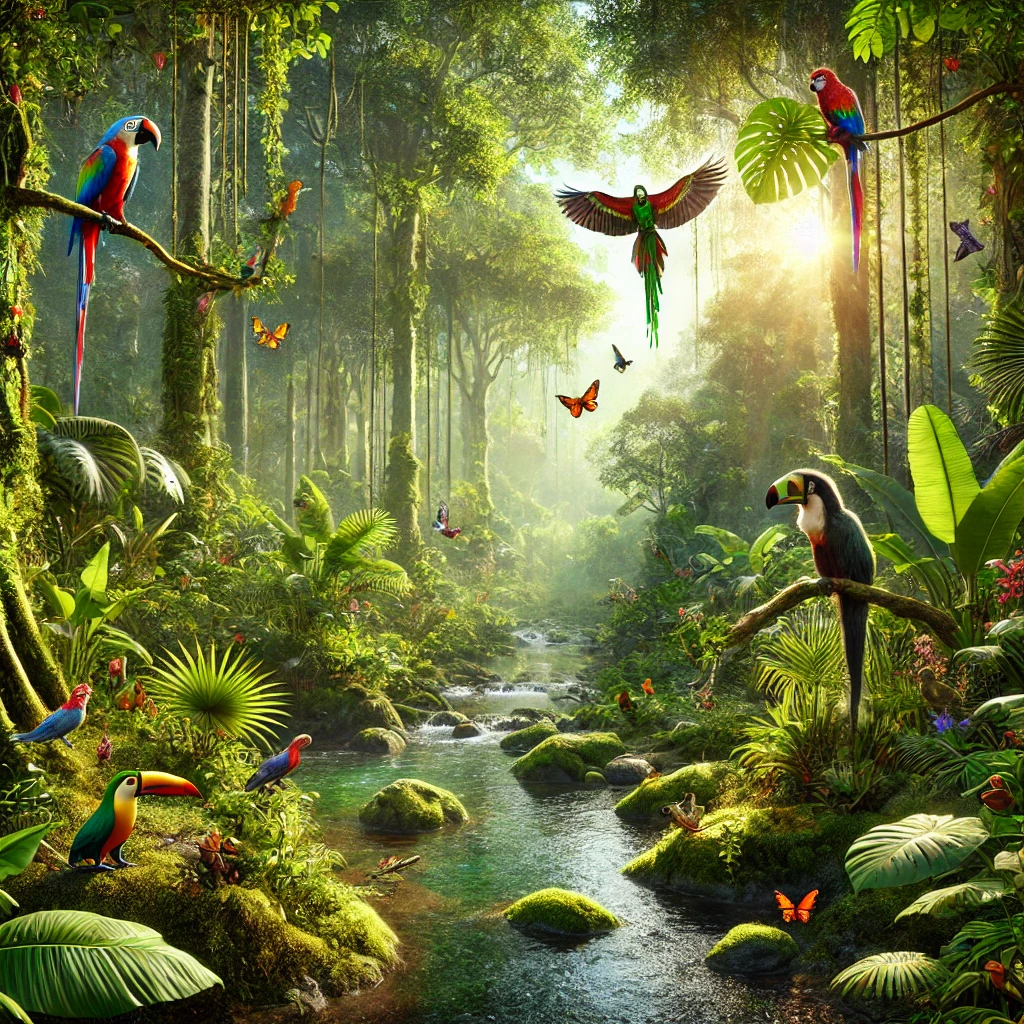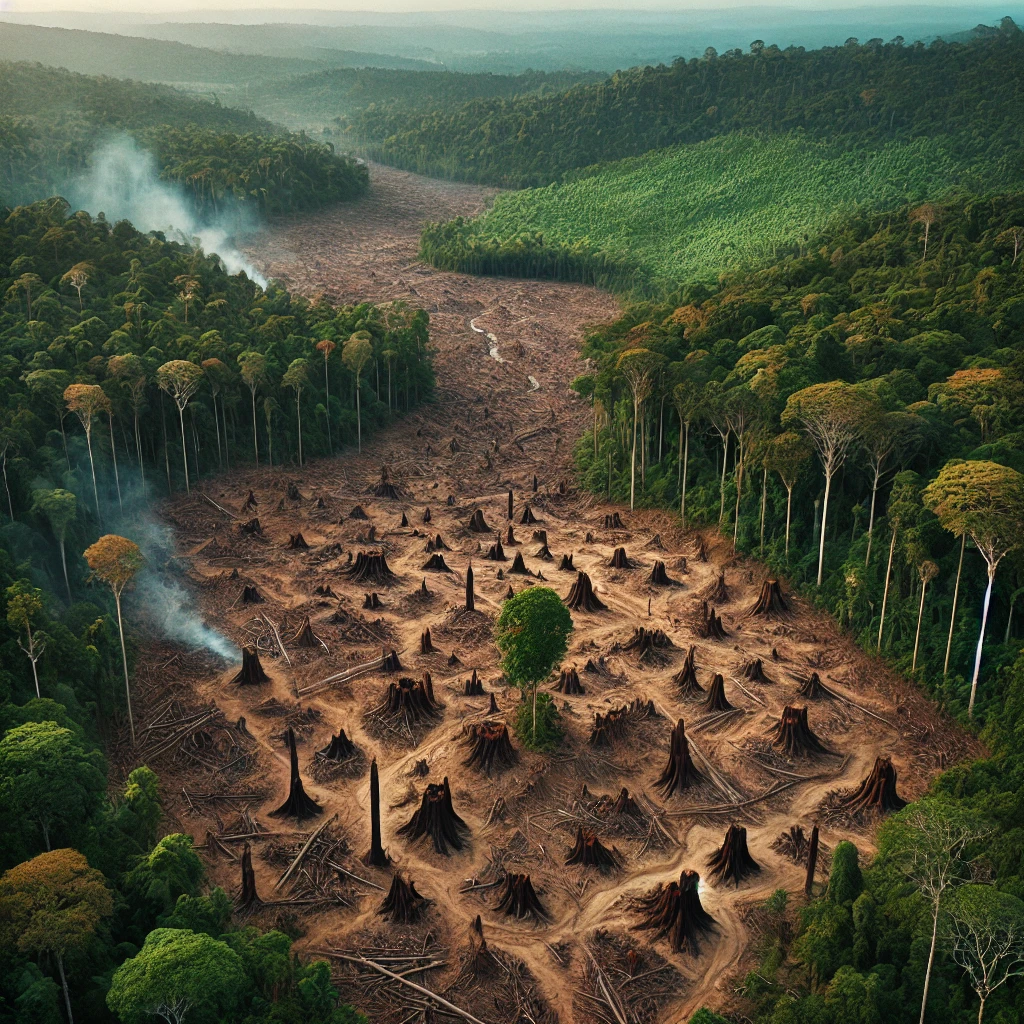
Biodiversity Introduction:
The variety of life on Earth, is crucial to the health of our planet and our survival. However, rapid biodiversity loss has created an environmental crisis, impacting ecosystems, economies, and human well-being. From habitat destruction to climate change, understanding and addressing it, is more vital than ever.
#1. Which of the following is NOT a main driver of biodiversity loss?
#2. What is biodiversity?
#3. Which group of animals is most affected by biodiversity loss in tropical rainforests?
#4. How does overfishing contribute to biodiversity loss?
#5. What percentage of the world’s land area is covered by biodiversity hotspots?
#6. Which organization is known for creating the “Red List” that categorizes species based on their risk of extinction?
#7. Deforestation in which area has the most significant global impact on biodiversity?
#8. Which of the following human activities contributes the least to biodiversity loss?
#9. How does climate change accelerate biodiversity loss?
#10. What is an “endangered species”?
#11. Which of these ecosystems is known for having the highest biodiversity?
#12. What is “habitat fragmentation”?
#13. Which human activity is a major cause of marine biodiversity loss?
#14. Invasive species impact biodiversity by…
#15. Which of these species is classified as “Critically Endangered” on the IUCN Red List?
#16. How does biodiversity benefit agriculture?
#17. Approximately how many species are estimated to go extinct every day?
#18. Which of the following is a primary cause of biodiversity loss in freshwater ecosystems?
#19. What is the “sixth mass extinction”?
Introduction:
Biodiversity encompasses the incredible variety of species, genes, and ecosystems on our planet. It includes every living organism, from plants and animals to fungi and microorganisms. Each species, regardless of size, plays a unique role in maintaining ecological balance.
Why is it Important?
It provides essential services:
Pollination: Bees, butterflies, and birds pollinate crops, enabling food production.
Climate Regulation: Forests and oceans regulate the climate, absorbing carbon dioxide.
Water Purification: Wetlands filter pollutants, ensuring clean drinking water.
Medical Discoveries: Plants and animals contribute to life-saving medicines.
Causes of Biodiversity Loss
1. Habitat Destruction

Habitat destruction is the leading cause of biodiversity loss. Urban development, agriculture, deforestation, and mining are primary contributors to the degradation and fragmentation of natural habitats. As ecosystems are altered or destroyed, many species lose their homes, leading to population declines and extinctions.
2. Climate Change
Climate change significantly impacts diversity of living beings. Rising temperatures, shifting weather patterns, and increased frequency of extreme weather events disrupt ecosystems and species survival. Many species struggle to adapt to rapid climate changes, resulting in shifts in distribution and loss in variety of species.
3. Pollution
Pollution from agricultural runoff, industrial discharges, and plastic waste severely impacts ecosystems. Chemicals and toxins can degrade habitats and harm wildlife, leading to reduced populations and loss of species. Aquatic ecosystems, in particular, are vulnerable to pollution, affecting fish and other aquatic life.
4. Overexploitation
Overfishing, hunting, and poaching threaten numerous species, leading to population declines and potential extinction. Unsustainable practices in resource extraction put immense pressure on wildlife and contribute to loss.
5. Invasive Species
The introduction of non-native species into ecosystems can disrupt local one. Invasive species often outcompete native species for resources, alter habitats, and introduce diseases, leading to declines in native populations.
6. Agricultural Practices
Intensive agricultural practices, including monoculture and pesticide use, diminish biodiversity. These methods can lead to habitat destruction, soil degradation, and loss of genetic diversity in crops and livestock.
7. Urbanization
As urban areas expand, natural habitats are destroyed to make way for infrastructure and housing. Urbanization fragments ecosystems, isolates species populations, and reduces biodiversity in affected areas.



